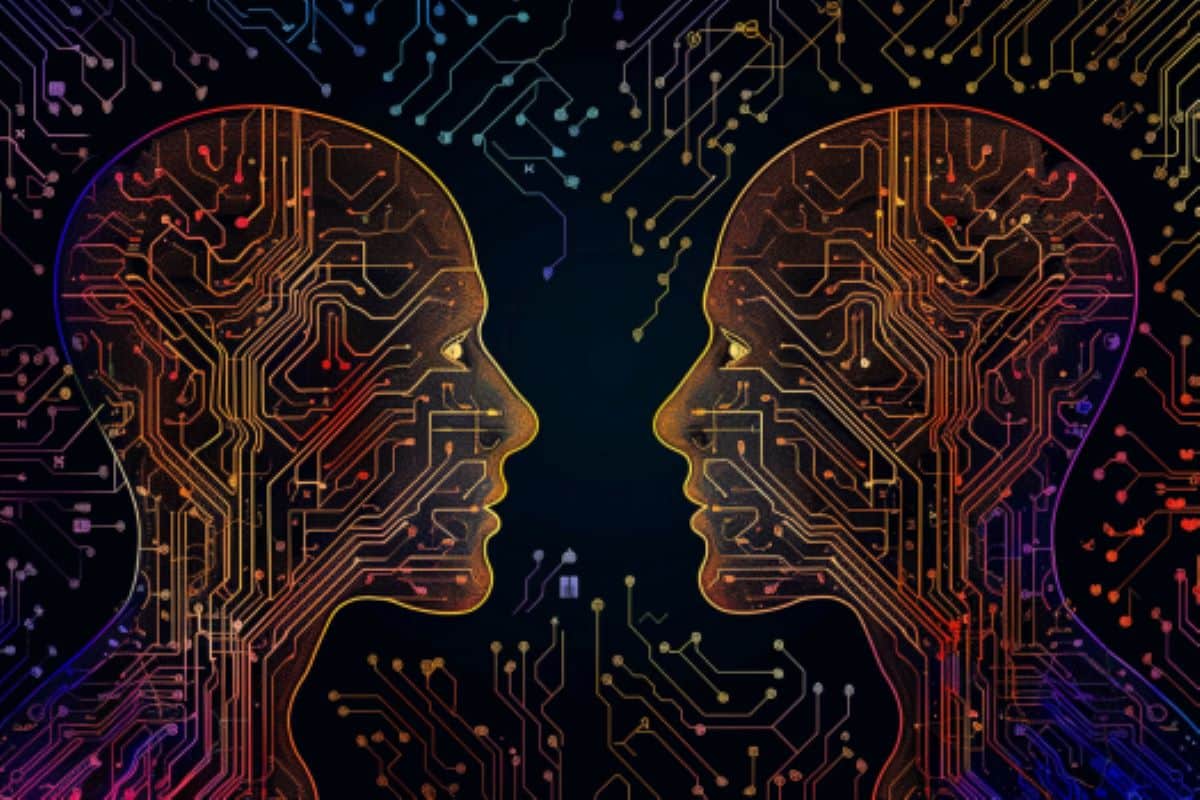Summary: Researchers identified a brain circuit involved in recognizing emotions in both animals and humans. This circuit connects the prefrontal cortex and the retrosplenial cortex, and its activity correlates with the ability to perceive emotions in others.
This finding could lead to the development of more targeted and effective treatments for neurodevelopmental disorders like schizophrenia and autism.
Key Facts:
- A newly discovered brain circuit is responsible for recognizing emotions.
- The circuit connects the prefrontal cortex and the retrosplenial cortex.
- This discovery could lead to more targeted therapies for neurodevelopmental disorders.
Source: IIT
The Genetics of Cognition research group coordinated by Francesco Papaleo at the Istituto Italiano di Tecnologia (IIT-Italian Institute of Technology) has discovered a brain network present in animals and humans that allows them to recognize others’ emotions.
These findings, published in the journal Nature Neuroscience, pave the way to develop new, more effective therapeutic strategies for neurodevelopmental conditions, such as schizophrenia or autism, wherein such social functions are impaired.
Recognizing and responding appropriately to the emotions expressed by others is a fundamental skill of animals, as it enhances their ability to interact effectively with their counterparts, thereby increasing the probability of survival.
Despite its importance, the brain mechanisms underlying this process remain largely unknown, even in humans.
Using state-of-the-art techniques, Papaleo’s team discovered a brain circuit which is involved in these socio-cognitive processes and which has never been studied previously. It consists of a group of specific neuronal cells that connects two brain areas, distant one from each other: the prefrontal cortex and the retrosplenial cortex.
In humans, the function of this connection was tested through an experiment involving more than 1,000 participants on a volunteer basis. Each subject had to watch a screen where faces with angry, happy or neutral expressions were projected.
During the test, researchers recorded their brain activity with magnetic resonance imaging techniques to see which areas of the brain were activated.
The results confirmed a correlation between the activity of the two brain circuit areas, the prefrontal cortex and the retrosplenial cortex, and the recognition of emotions.
“We are excited by these new results because they deepen our understanding of the brain circuits that encode and, therefore, make us react to others’ emotions,” stated Francesco Papaleo, coordinator of the Genetics of Cognition laboratory at IIT. “We would like to have a broader view of the way these mechanisms work, particularly how they are altered in psychiatric and neurodevelopmental disorders”.
“Current drugs for treating neurodevelopmental conditions are not selective, affecting many types of neurons without distinction – said Anna Monai, researcher in the Genetics of Cognition laboratory – the idea is to develop therapeutic strategies targeted toward specific brain circuits, so as to decrease side effects while increasing treatment efficacy”.
The study was conducted in collaboration with the Functional Neuroimaging laboratory coordinated by Alessandro Gozzi of the Center for Neuroscience and Cognitive Systems IIT in Rovereto, Italy; the Optical Approaches to Brain Function laboratory coordinated by Tommaso Fellin of the Center for Human Technologies IIT in Genoa, Italy; the Department of Biomedical and Biotechnological Sciences of the University of Catania, Italy; and the Center for Population Neuroscience and Stratified Medicine, Institute for Science and Technology of Brain-inspired Intelligence of Fudan University (Shanghai).
About this emotion and neuroscience research news
Author: Valeria delle Cave
Source: IIT
Contact: Valeria delle Cave – IIT
Image: The image is credited to Neuroscience News
Original Research: Closed access.
“Cortico-cortical transfer of socially derived information gates emotion recognition” by Francesco Papaleo et al. Nature Neuroscience
Abstract
Cortico-cortical transfer of socially derived information gates emotion recognition
Emotion recognition and the resulting responses are important for survival and social functioning. However, how socially derived information is processed for reliable emotion recognition is incompletely understood.
Here, we reveal an evolutionarily conserved long-range inhibitory/excitatory brain network mediating these socio-cognitive processes.
Anatomical tracing in mice revealed the existence of a subpopulation of somatostatin (SOM) GABAergic neurons projecting from the medial prefrontal cortex (mPFC) to the retrosplenial cortex (RSC).
Through optogenetic manipulations and Ca2+ imaging fiber photometry in mice and functional imaging in humans, we demonstrate the specific participation of these long-range SOM projections from the mPFC to the RSC, and an excitatory feedback loop from the RSC to the mPFC, in emotion recognition.
Notably, we show that mPFC-to-RSC SOM projections are dysfunctional in mouse models relevant to psychiatric vulnerability and can be targeted to rescue emotion recognition deficits in these mice.
Our findings demonstrate a cortico-cortical circuit underlying emotion recognition.

Sarah Carter is a health and wellness expert residing in the UK. With a background in healthcare, she offers evidence-based advice on fitness, nutrition, and mental well-being, promoting healthier living for readers.








